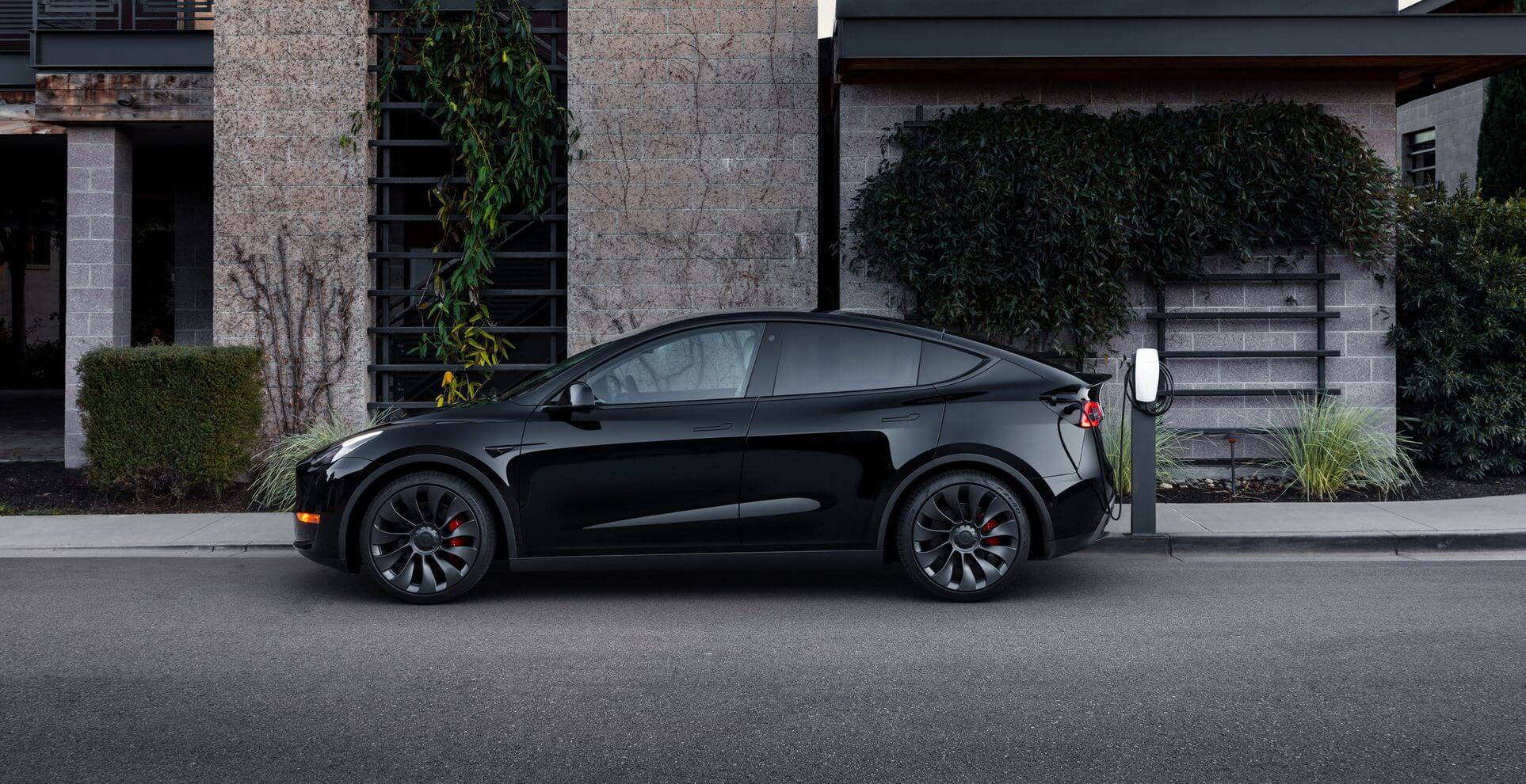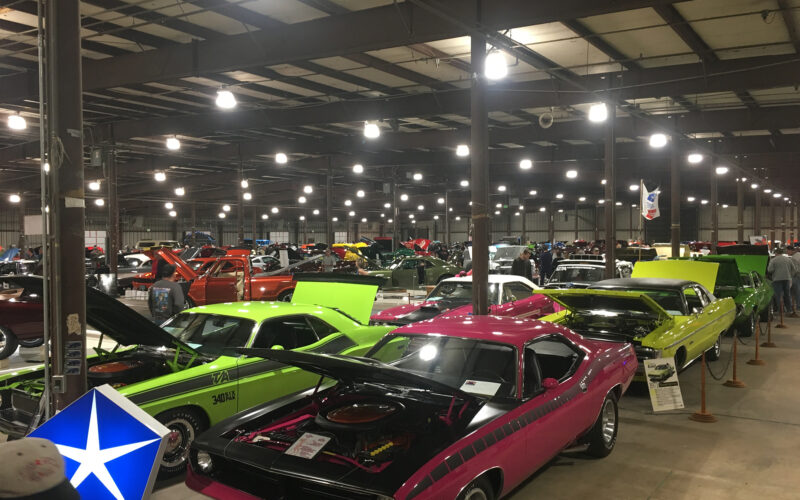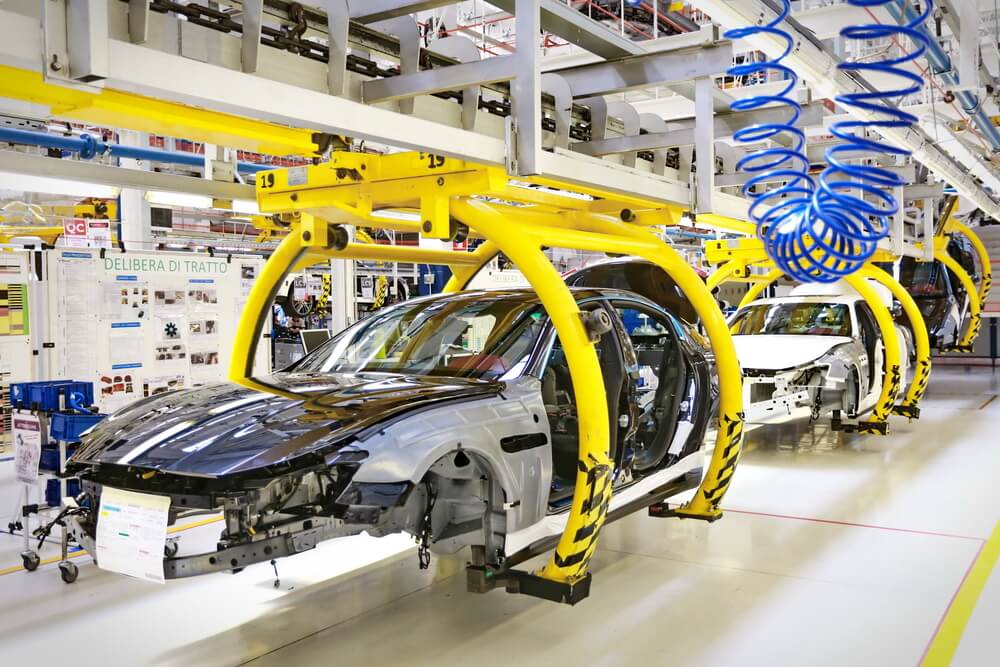S&P: EV Chargers – What number of do we want?

S&P International Mobility Particular File
Even with domestic charging, infrastructure will want to quadruple by way of 2025
Supporters of auto electrification level to the greater than 140,000 EV charging stations these days deployed throughout america – together with Stage 2 AC and Stage 3 DC speedy chargers and each public and limited get right of entry to gadgets – as an indication {that a} budding device to toughen our transportation transformation is in position.
Then again, S&P International Mobility knowledge displays that the charging infrastructure isn’t just about powerful sufficient to completely toughen a maturing electrical automobile marketplace.
Even if home-charging is taken into consideration, to correctly fit forecasted gross sales call for, america will want to see the selection of EV chargers quadruple between 2022 and 2025, and develop greater than eight-fold by way of 2030, in line with S&P International Mobility forecasts.
“The transition to a automobile marketplace ruled with electrical automobiles (EVs) will take years to completely increase, nevertheless it has begun,” stated S&P International Mobility analyst Ian McIlravey. “With the transition comes a want to evolve the general public automobile charging community, and these days’s charging infrastructure is inadequate to toughen a drastic build up within the selection of EVs in operation.”

S&P International Mobility estimates there are about 126,500 Stage 2 and 20,431 Stage 3 charging stations in america these days, plus any other 16,822 Tesla Superchargers and Tesla vacation spot chargers. The selection of chargers has grown extra in 2022 than within the previous 3 years mixed, with about 54,000 Stage 2 and 10,000 Stage 3 chargers added all over 2022.
Charging Definitions
-AC Stage 1: What most of the people could have of their properties, and an identical to a 110v wall outlet. Will require 20 hours to completely recharge an EV.
-AC Stage 2: Similar to an upgraded domestic charger that makes use of a 208-240 volt circuit (used for an electrical garments dryer) and typically calls for a 50-amp breaker for each and every charger. Takes about 5 hours to completely recharge an EV. Steadily additionally noticed in buying groceries facilities.
-DC Stage 3 Speedy Charging: Calls for a far better grid connection to transform the AC present to DC. An EV’s battery control device will have to be capable of care for the speedy go with the flow of electrical energy – these days as prime as 350 kW. Takes 15-20 mins to recharge maximum DCFC-ready automobiles from 10% to 80% state of fee.
-Tesla Supercharging: Can upload about 200 miles of vary to a Tesla automobile in quarter-hour. Tesla has introduced converters to different emblem automobiles to be used in its Superchargers in Europe, with plans for US adaptation within the works.
Supply: EVgo
S&P International Mobility registration knowledge displays that there are 1.9 million electrical automobiles (EVs) in operation these days, or 0.7% of the 281 million automobiles in operation, as of October 31, 2022. New light-vehicle registration proportion for EVs reached 5.2% over the primary ten months of 2022. With the escalating selection of EV nameplates forecast to release inside the decade, the marketplace is poised for speedy expansion. EV marketplace proportion for brand new automobiles is most probably to succeed in 40% by way of 2030, in line with S&P International Mobility forecasts, at which level the full selection of EVs in operation may just succeed in 28.3 million gadgets. Therefore the desire for speedy building of a charging infrastructure.
Whilst 2030 would possibly appear years off and an issue for day after today, building of commonplace requirements and deployment of charging stations will take time. However even taking a look at 2025 – simply 3 years away – there might be as many as 7.8 million electrical automobiles in operation (VIO) in america, McIlravey stated.
To toughen that automobile inhabitants, we think there’ll want to be about 700,000 Stage 2 and 70,000 Stage 3 chargers deployed, together with each public and restricted-use amenities. Via 2027, we think there can be a necessity for approximately 1.2 million Stage 2 chargers and 109,000 Stage 3 chargers deployed nationally. Having a look additional to 2030, with the belief of 28.3 million gadgets EVs on US roads, an estimated overall of two.13 million Stage 2 and 172,000 Stage 3 public chargers can be required – all along with the gadgets that buyers installed their very own garages.

Those nationwide figures are illustrative of the path wanted, however we additionally be expecting call for throughout america to increase in a lopsided approach, particularly in states the place EV adoption is already relatively sturdy. These days, 35 states have signed on for federal help underneath the Bipartisan Infrastructure Legislation, of which $7.5 billion is earmarked for EV charging infrastructure. President Biden has pledged that the federal government will fund the set up of 500,000 charging stations – however this is simply a kick off point.
Famous McIlravey: “In states following the California Air Assets Board’s trail to zero-emissions automobile (ZEV) gross sales, the speedier expansion of client call for will push deepest funding and extra speedy charging infrastructure deployment. Then again, in states the place EV adoption occurs steadily, charging station deployment is not going to want to occur as swiftly and might also want a bit of of a push.”
In slower-to-adopt states, building of EV charging infrastructure could also be extra dependent at the spark of public-private funding to steer building of an EV charging infrastructure moderately forward of complete want.
The 4 U.S. states with the very best selection of automobiles in operation and very best new-vehicle registrations historically are California, Florida, Texas and New York. California, which embraced EVs early, is the state pushing for essentially the most important emissions restrictions. As such, it’s the biggest EV marketplace, with about 36.9% of overall EVs in operation and 35.8% of overall US light-vehicle EV registrations from January thru September 2022.
Florida is in 2d position, however with best 7.4% of light-vehicle EV registrations and six.9% of EV VIO. Texas isn’t considerably additional in the back of Florida, with 5.8% of VIO and six.4% of EV state-level light-vehicle registrations.
Then again, neither Florida nor Texas have participated considerably within the emissions dialogue nor adopted California’s lead just like the “CARB states” most commonly within the northeastern and northwestern United States. Because of this, the dimensions of those markets – slightly than adoption charges – is the principle reason why Florida and Texas rank extremely in EV proportion of latest automobile registrations and VIO.
Those also are states that have climate in large part favorable to EV operation. As EV adoption grows in america, the ability of ZEV states stays essential to EV expansion, however there may be little question we will be able to see the essential funding in those markets given the top-down (govt) and bottom-up (customers and charging community operators) toughen for building to ensure that america to succeed in its goal for EV adoption. However customers within the huge markets outdoor the ZEV states will want to be supported with enough public charging infrastructure.
Texas these days has about 5,600 Stage 2 non-Tesla and 900 Stage 3 chargers, however by way of 2027 S&P International Mobility forecasts that the state will want about 87,500 Stage 2 and seven,800 point 3 chargers to toughen an anticipated the anticipated 1.1 million EV VIO at the moment.
In the meantime, Florida these days has about 5,600 Stage 2 non-Tesla chargers and 955 Stage 3 chargers, however is anticipated to have 1.06 million EV VIO possible in 2027. To toughen those automobiles, S&P International Mobility forecasts that Florida will want to develop its charging infrastructure to about 77,000 Stage 2 and six,800 Stage 3 charging stations.
There additionally stays decrease funding into charging techniques outdoor of primary metro markets. Regardless that EV adoption in the ones spaces will proceed to be slower, growing a powerful infrastructure is essential there as neatly. These days, 85% of Stage 3 chargers are in US Metropolitan Statistical Spaces (MSAs as outlined by way of the United States Census Bureau, and together with 384 metro spaces); 89% of Stage 2 chargers are in those spaces. For Tesla homeowners, 82% of its Superchargers and 83% of its vacation spot chargers are in MSAs.
“The focal point on city spaces follows the place EVs are these days, however distribution will want to be a lot wider as automobiles in operation develop, and customers want to fee alongside their routes,” McIlravey stated.
Some trade pundits glance to the fuel provider station as a similar fashion to electrical automobile recharging. However as at-home recharging is typically the perfect strategy to combine an EV into day by day lifestyles, a powerful charging infrastructure will glance a lot other from the community of fuel stations that has advanced to toughen the interior combustion engine.
The era in the back of EV chargers, battery control techniques, and battery applied sciences are resulting in sooner fee instances for DC or Stage 3 eventualities, which in flip can have an effect on the places of charging stations.
There are also evolving answers in a position to converting the fashion. Battery swapping, wi-fi charging, and larger deployment of DC wallbox answers at domestic are 3 answers which nonetheless can exchange the panorama. In China, the follow of battery swapping is rising and has had some luck, despite the fact that it has noticed nearly no software in Europe past the primary NIO stations in Norway, and now not but actually examined (nor anticipated) in the United States marketplace.
“There’s the propensity for domestic charging, the loss of governmental directive, and the want to homogenize battery packs – which might see OEMs and Tier 1 providers give up a few of their highbrow assets – retaining again a era like battery swapping,” stated Graham Evans, S&P International Mobility analysis and research director.
Of wi-fi charging, Evans says that popular adoption of the era has the prospective to problem the present stand-off between battery dimension and vary. Evans says customers will be capable of fee extra with ease at domestic and undertake ‘splash and sprint’ behaviors if dynamic wi-fi charging turns into popular. Then again, the price of wi-fi charging could also be a subject, and mainstream customers might not be focused on paying a top class for wi-fi charging, Evans cautioned. Plug-in era was once first to marketplace in addition to being more economical, which leaves deployment of wi-fi charging to play catch up without reference to whether or not it may well be awesome in the case of comfort.
The 3rd era with possible to shake up our current assumptions are at-home DC wallbox answers. In step with Evans, they provide a midway answer between sluggish AC chargers and the superfast public DC chargers. Wider deployment of those answers has possible to shift the stability within the home as opposed to public charging conundrum. Moreover, there are fashions to be had that facilitate V2G (automobile to grid) operation, which has possible to switch the dialog by way of permitting EVs to successfully turn out to be a part of our electrical grid device and main to a couple monetary go back for taking part customers.
As the United States automobile marketplace transitions from inside combustion to battery electrical, the refueling mechanism is transitioning with it.
“For mass-market acceptance of BEVs to take cling, the recharging infrastructure will have to do greater than stay tempo with EV gross sales,” Evans stated. “It will have to marvel and enjoyment automobile homeowners who can be new to electrification, in order that the method turns out seamless and even perhaps extra handy than their revel in with fuel refueling, with minimum compromise at the automobile possession revel in. Trends in battery era, and the way briefly EVs can obtain energy, can be as vital to enhancements right here as how briefly and plentifully infrastructure can give you the energy.”
Supply Via https://autotech.information/ev-chargers-how-many-do-we-need/




